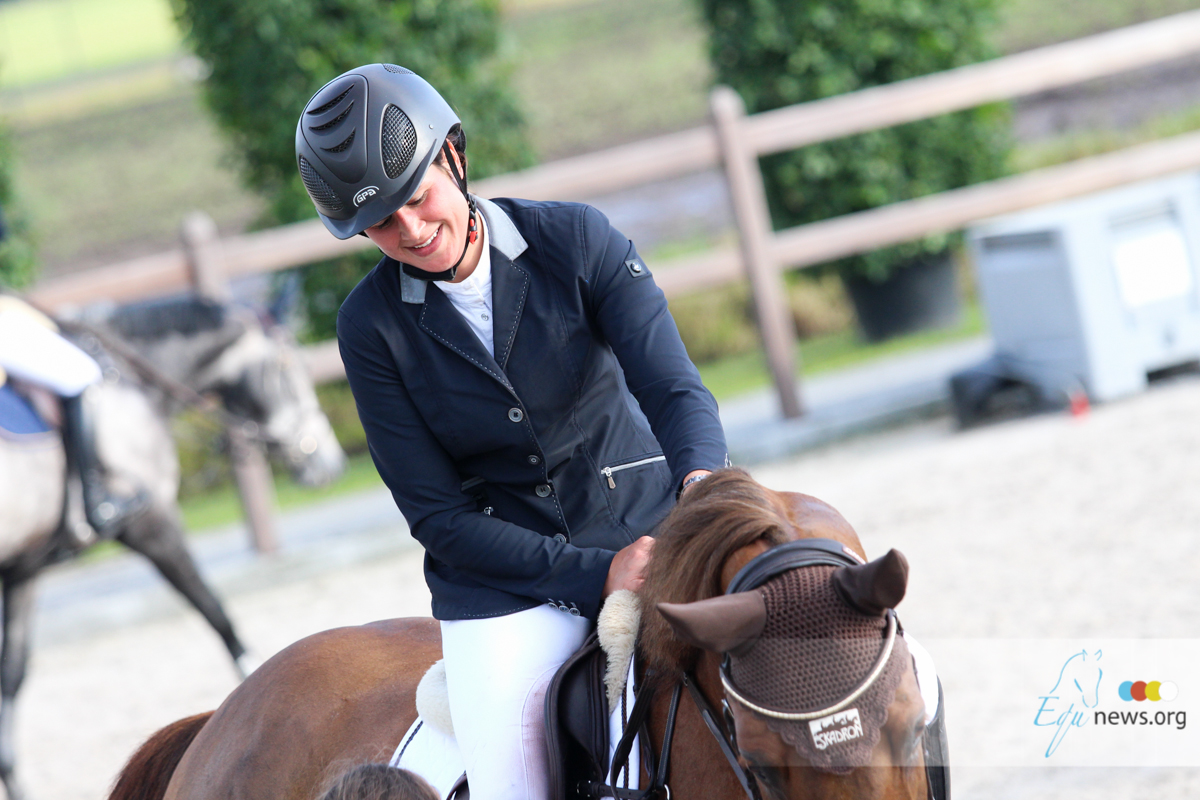July 12 marks the 5th annual Riders4Helmets International Helmet Awareness Day. Once again, Riders4helmets has teamed up with leading manufactures to offer special discounts on safety headgear. Hundreds of retailers in Australia, Canada, England, Ireland, the Netherlands, New Zealand, Scotland, Switzerland, the U.S., and Wales are joining in the cause.
Although International Helmet Awareness Day (IHAD) gives equestrians the chance to purchase a new helmet at a lower price, that’s definitely not all the day is about. The riders4helmets campaign was founded as a direct result of dressage Olympian Courtney King-Dye’s accident from which she suffered brain injury and left her in a coma for several weeks. She was not wearing a helmet at the time of the accident, and is still undergoing rehabilitation.
To know where you can buy your helmets at a reduced price... CLICK HERE
As 2014’s IHAD nears, riders4helmets Lyndsey White shared these ten important messages that all riders should remember on a daily basis.
- If you have a hard impact blow while wearing your helmet, immediately replace it with a new helmet. There may be damage to the helmet that is not visible to the naked eye.
- Helmet manufacturers generally recommend replacing your helmet every 4-5 years. Helmets take a beating over time from sweat, heat, dust and rain, and the Styrofoam in the helmet relinquishes its ability to protect the head over time. “So, replacing your helmet sooner than 4 to 5 years may in some circumstances be necessary,” said White.
- A ponytail or different hairstyle can affect the fit of your helmet. When you try on helmets prior to purchase, wear your hair in the style that you expect to wear it when riding.
- If you purchase your helmet online, check the date of manufacture. Purchasing a used helmet can be very risky and is NOT recommended. The helmet may have sustained previous damage that you aren’t able to see.
- There is no statistical correlation between skill level and injury likelihood. Professional riders are just as at risk to sustain injury due to a fall as less frequent riders.
- Even a fall from a standing horse can be catastrophic. Your injury risk depends on the height from which fall, as well as the speed at which you’re traveling.
- Head injuries are cumulative. An original head injury can be made much worse by additional concussions.
- Riding is considered more dangerous than downhill skiing and motorcycling.
- Approximately 20% of accidents which result in head injury happen while the person is on the ground.
- It is best if you invest in your own helmet regardless of whether or not you own a horse. “It is a personal purchase. Your helmet is designed to fit your head,” reminds White. An incorrectly fitting helmet offers very little, to no protection. In addition to wearing a correctly fitting helmet, you must have the harness correctly fastened on your helmet. If the harness is not fitting snugly, the helmet can rotate should you have a fall and thus not be able to protect your head to its fullest intention.
Riders looking to purchase a helmet can visit riders4helmets.com/ihad/ to find retailers near them who are participating in IHAD.
For more information on the Riders4Helmets campaign and IHAD, visit riders4helmets.com.
You can also follow the campaign on social media at facebook.com/riders4helmets, http://twitter.com/riders4helmets, instagram.com/riders4helmets, and www.pinterest.com/riders4helmets/.
Don't forget to like our Equnews FB page, Use #IHAD to share your photos and updates.



